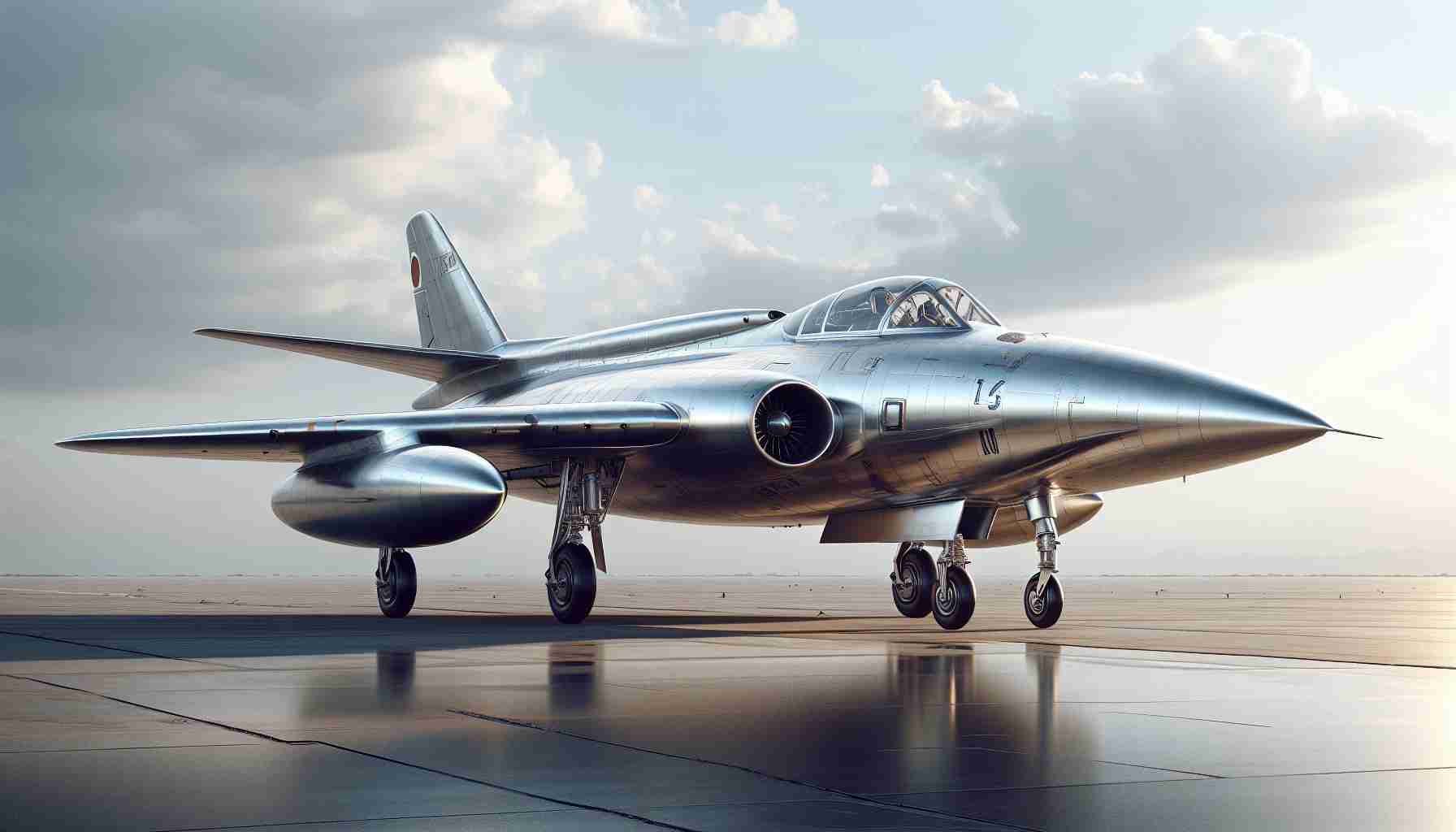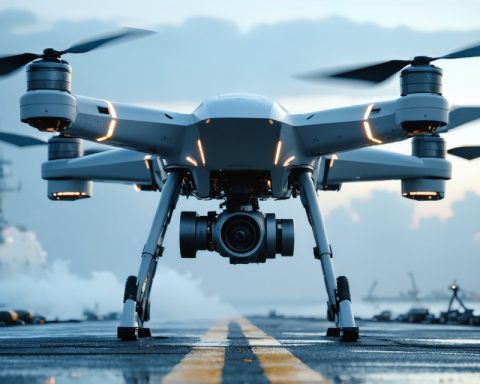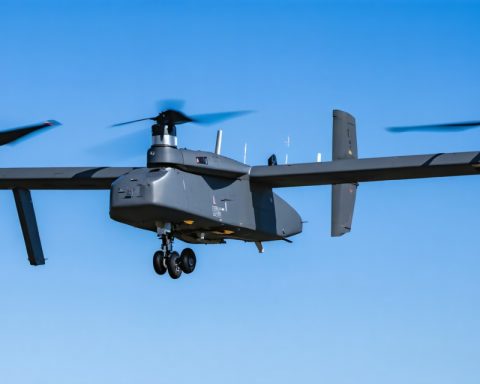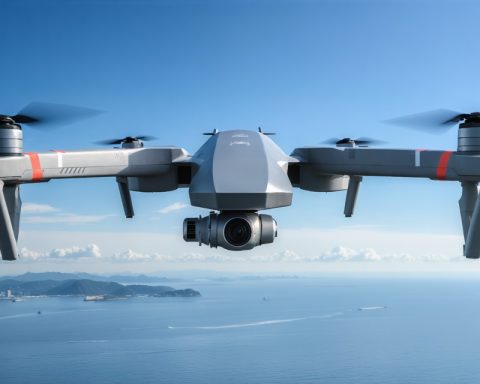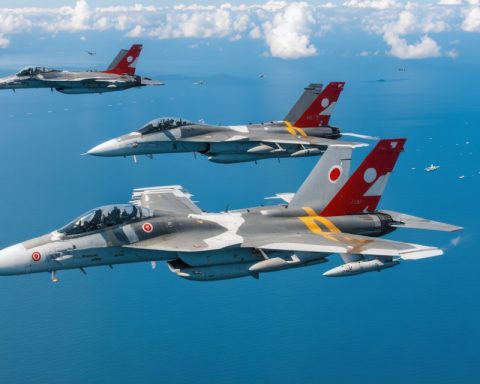During the challenging periods of World War II, Japan sought to innovate in the face of adversity, particularly after suffering a significant defeat at Guadalcanal. As the conflict raged on, Japan’s military strategists recognized the necessity of developing advanced aerial technology to regain the advantage lost to the United States.
Engineering efforts culminated in the creation of the Nakajima Kikka, a jet aircraft inspired by Germany’s Me 262, recognized as the world’s first operational jet fighter. Initiated in late 1944, this ambitious project faced numerous challenges, primarily due to the novelty of jet propulsion technology. Despite setbacks, including the loss of vital German resources aimed at aiding its design, the project progressed with incredible resourcefulness.
The Kikka, weighing approximately 8,995 pounds and extending just under 27 feet in length, boasted ambitious specifications including dual Ne-20 engines. Though smaller than its German counterpart, the Me 262, it nevertheless held promise with a claimed maximum speed of 432 mph. Its potential was evident, yet the timeline of its development rendered it too late to fundamentally alter the course of the war.
Ultimately, while the Nakajima Kikka represented Japan’s desperate attempts to innovate, the aircraft’s impact remained theoretical, completing its role alongside other iconic aircraft of the era rather than reshaping the dynamics of international warfare.
Innovations in Adversity: Lessons from History
Throughout history, challenging moments have often spurred significant innovation and creativity. The story of the Nakajima Kikka during World War II illustrates how necessity can lead to groundbreaking advancements, even in the face of adversity. Here are some tips, life hacks, and interesting facts inspired by this historical narrative that can apply to our everyday challenges:
1. Embrace Adversity as a Catalyst for Innovation
When faced with challenges, consider how you can turn these obstacles into opportunities. Much like the engineers behind the Nakajima Kikka, who learned from their setbacks, you can approach problems creatively to find innovative solutions. Keep a journal to document your ideas; this can become a valuable resource during tough times.
2. Stay Resourceful with Limited Resources
The Kikka’s development was marked by scarcity, yet the team found ways to maximize the available materials. In your life, practice resourcefulness by identifying everyday items that can be repurposed or combined in new ways. For instance, an old shoebox can become a keepsake storage or a mini bookshelf.
3. Collaborate and Seek Expertise
Japan’s military advisors worked with German engineers to push the boundaries of aviation technology. Similarly, collaboration is vital in any field. Engage with professionals who can bring different expertise into your projects or personal goals. Networking can often lead to unexpected opportunities.
4. Set Realistic Timelines
The Kikka was ambitious but struggled with timing. When you’ve set a goal, create a timeline with achievable milestones. This will help you to stay motivated and organized without feeling overwhelmed. Use tools like planners or digital apps to track progress effectively.
5. Learn from Failures
The setbacks faced during the Nakajima Kikka’s development provide a crucial lesson: failure is often a stepping stone to success. Analyze what went wrong in any of your efforts and use that information to inform your next steps. This mindset turns setbacks into valuable learning experiences.
6. Maintain Perspective on Innovations
While the Kikka represented innovation, its actual impact was limited by the war’s circumstances. In our lives, not all innovations lead to groundbreaking results, but they can contribute to personal growth and improvement. Celebrate small victories and acknowledge incremental progress toward your goals.
Interesting Fact: Did you know that the Nakajima Kikka was Japan’s first jet aircraft, developed late in World War II? Despite its development showcasing significant engineering prowess, it ultimately never saw extensive combat, highlighting how often the context of innovation plays a role in its effectiveness.
By learning from the past, we can apply these insights to navigate our challenges today—transforming obstacles into opportunities for innovation and growth. For more fascinating stories about technology’s impact on history, visit History.com to delve deeper into other significant advancements.
